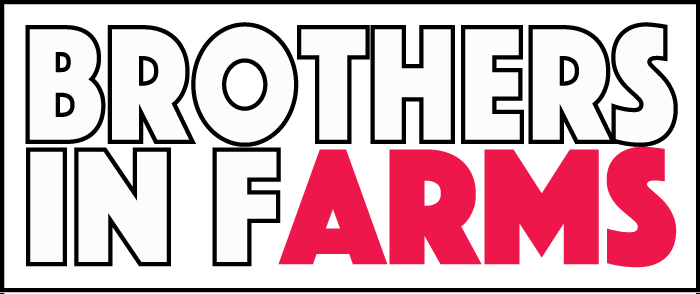Harvest is on its way. There have already been purple berries spotted in Washington this season, and I was thinking on the way home, what can I write that will give the most substantial benefit to vineyards this season as we start harvest? It dawned on me that I should give away some free money, several thousand dollars worth per vineyard.
If you are already employing these two processes in your vineyard operation, sadly, I don't have any money for you. If you are not or are not consistently using these processes, then I do have several thousand dollars for you this season, depending on the number of tons you produce in a given year. These two processes may be simple, but they add up to thousands of dollars quickly.
(There are some caveats to this approach. Acreage contracts and not having weighing authority in the contract from your property will reduce the effect of these tools.)
First tool: Use the actual bin tare weights from the manufacturer. A commonly used bin in the industry is the Macro-28S this particular bin has a tare weight of 96 pounds, but many companies will just round that up to 100 pounds to make the math easy. This is like giving away 4 pounds of fruit per bin. Here is an example: Our vineyard produces 600 tons of fruit. If we only used Macro-28S bins that hold 1000 pounds of fruit, we would have 1200 bins per year: 1200 bins x 4 pounds = 4800 pounds. Multiply 4800 by an average price of say, 2000 dollars per ton or one dollar per pound, and you have just saved yourself $4800. As you may well know, this is not the reality of loading fruit between small customers and partial bins on large orders. The reality would be more like 1500 to 2000 bins per year, only using this one type of bin. Even though the customer gets the benefit of the same free 4 pounds of fruit, regardless of the fill level.
Second tool: Round up consistently the thousandths place. Now, this sounds nit picky, but let's look at the math: 2000 pounds in a ton multiplied by 0.01 = 20 pounds of fruit at one dollar per pound = 20 dollars. We add up the fruit in even pounds then divide by 2000 pounds to give us a decimated number of tons. We then round the final number up for each variety or lot. If the bins we filled during harvest this year were a completely even mixture of rounding up and rounding down based on the thousandths place being 4 and below or 5 and above, that would yield us 50% of the final amount we could be costing ourselves. Let's consider a vineyard that has 50 customers where each customer has 4 different lots: 50 customers multiplied by 4 lot totals = 200 chances for either rounding up or down. Fifty percent of those are rounded up, so that's 100 rounded up totals. One-hundred rounded up totals multiplied by the 20 pounds per round up at 1 dollar per pound = 2000 dollars. We know that the system is likely a little larger than 200 totals for a vineyard that produces 600 tons annually. So, I would venture to say that there is at least $3000 to $4000 annually just hanging out there for you to grab without much more work needed, except a little consistency in your process.
I'll end this on a personal story. I had a winemaker a few years ago ask me to just call the bin 100 pounds on the load out ticket as it was easier to do the math. I was his last stop of the day and he wanted to get back to start crush at the winery. I explained to him the math behind as simple a thing as changing the bin tare and the effect on our business. Then, I asked him what he would do with an extra $10,000 dollars in his business, if he had it.
What are you going to do with yours?
Have a great harvest!

